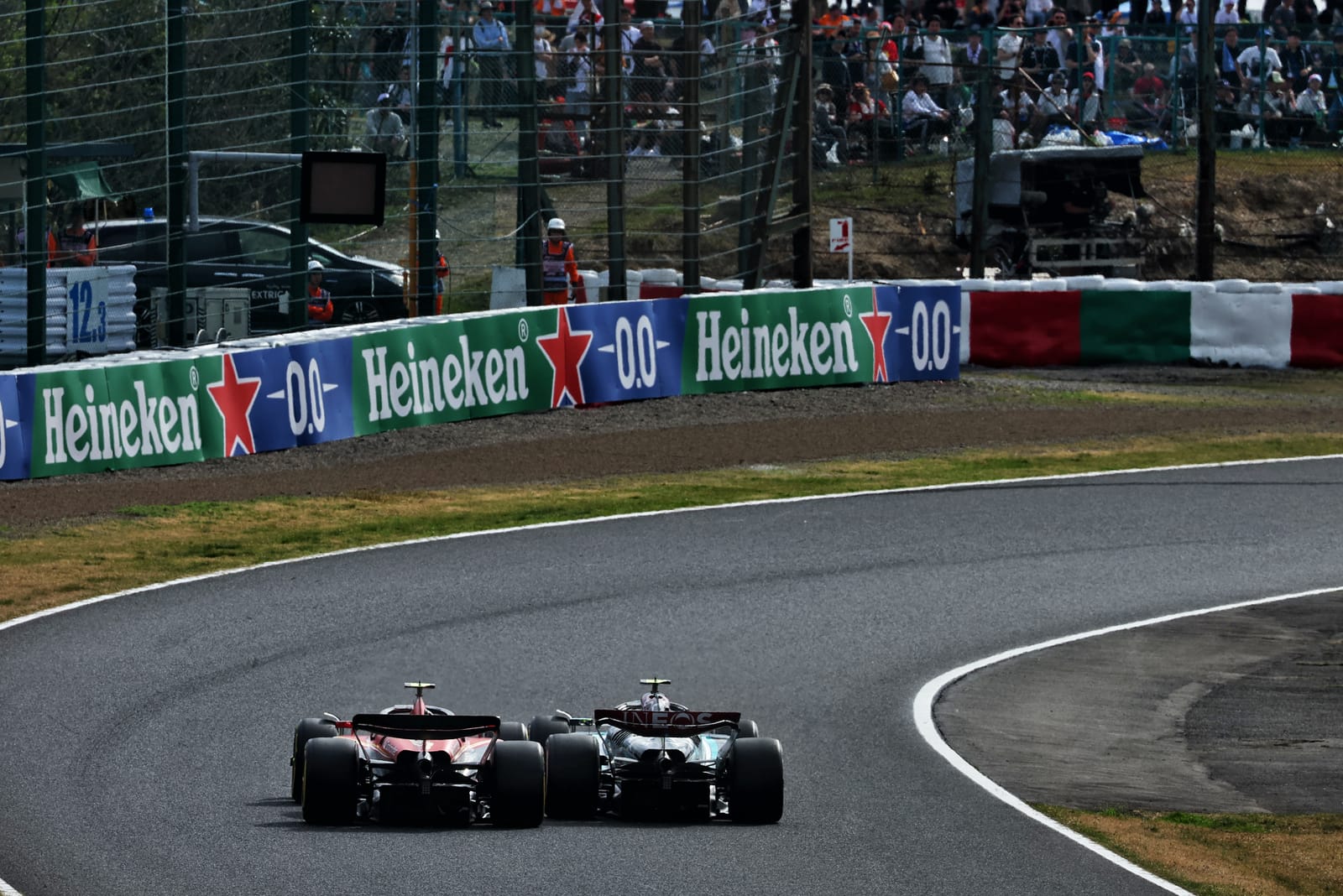Up Next

Discussions over Formula 1’s 2026 car rules are getting more frequent as the deadline to publish regulations for the next generation approaches in June.
The narrative around the 2026 rules has been dominated by speculation and concerns over how problematic the package will be with chassis rules cobbled together to make an awkward evolution of the V6 turbo-hybrid engine formula work.
Over the past year or so there have been various claims about drivers having to downshift on straights to charge batteries, complex active aerodynamics, and hugely compromised, heavy cars.
Red Bull has led the criticism, initially of the near-50/50 split between electric and internal combustion engine power and – after losing a bid to get that ratio adjusted – most recently of the consequences of chassis and aero rules that are being retro-fitted around the engines.
Such complaints often have a degree of truth to them but some of what has been claimed about the rules, whether by Red Bull or other parties, is rooted in outdated information, or has exaggerated issues that were never really serious topics or concerns.
How, then, to separate fact from fiction?
THE OBJECTIVES OF 2026
These rules started to take shape back in 2020 with preliminary discussions held even earlier.
The 2026 engine objectives are to have a significant cost reduction, a way for newcomers to be competitive, a powerful environmental message and an emphasis on the show. Those last two points have been cause for division as some see them as mutually exclusive.
To help achieve those aims there are limitations on how much the registered power unit manufacturers have been able to develop on dynos and how much money they can spend.

And while divisive, they have achieved a core objective. Alongside existing suppliers Mercedes, Ferrari, and Renault, Audi has committed to F1 for 2026, Honda has decided to re-enter having technically quit at the end of 2021, and Ford has partnered with the Red Bull Powertrains company set up to create the first ever Red Bull F1 engine (primarily because of said Honda ‘exit’).
Plus General Motors intends to build an F1 engine for 2028, though that programme is tied up with the Andretti/Cadillac entry controversy and GM has not yet formally signed up with F1.
As for the chassis side, there are not any technical rules for the 2026 car itself yet because that’s still being discussed, and aerodynamic work is banned until the start of 2025 anyway.
But we know that the target is more raceable cars with significantly reduced drag, that are shorter, narrower and lighter, have an emphasis on sustainability in terms of cost and usage, and have improved safety systems.
WHAT THE ENGINE WILL BE
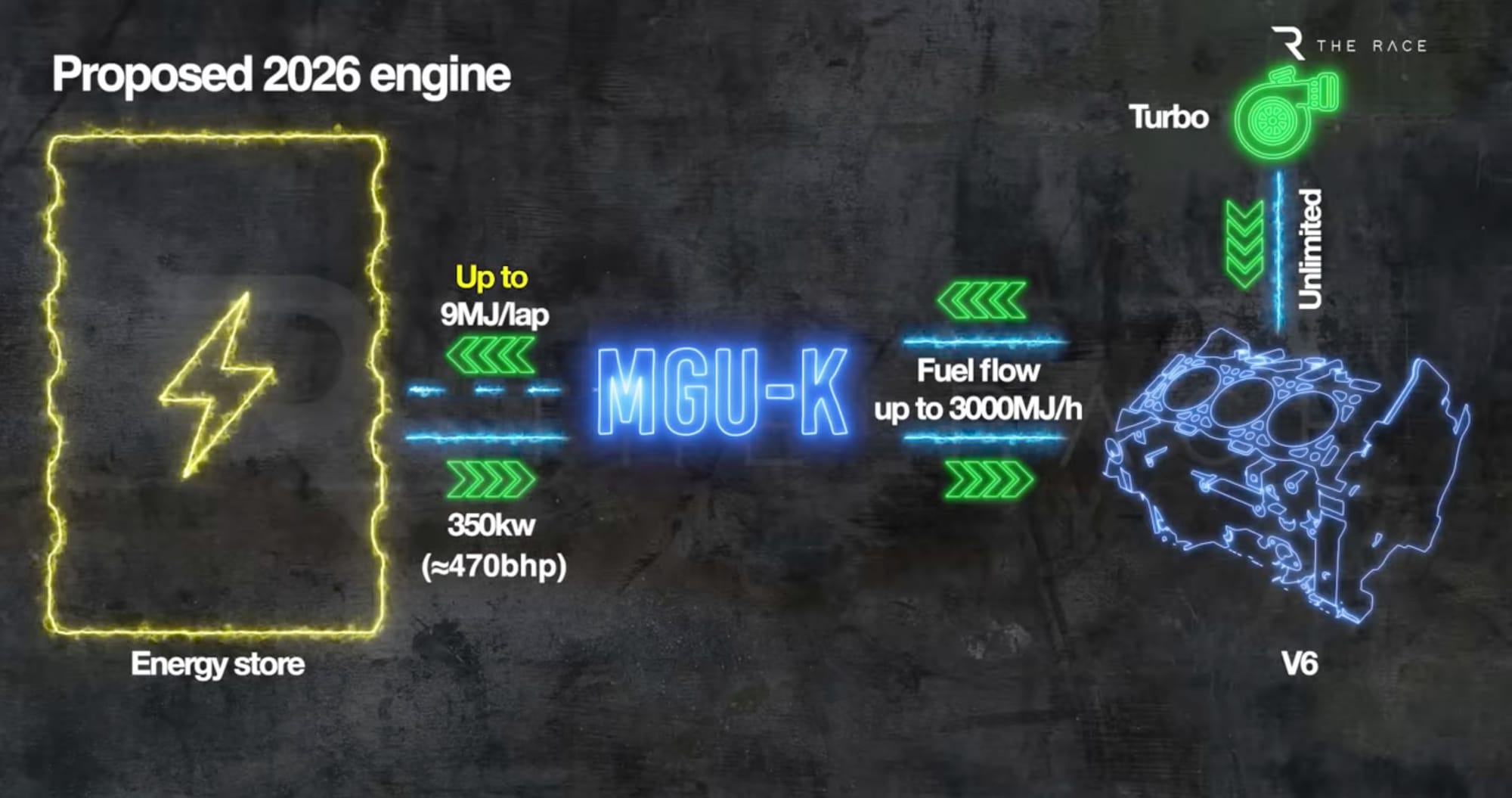
The 2026 car will have a new engine with an almost 50/50 split between internal combustion engine and electrical power, dropping the complex MGU-H and massively uprating the MGU-K to a power output of 350kW, or around 469bhp.
Removing the MGU-H is the single most significant change. It converted wasted heat to electrical energy and acts as a sophisticated anti-lag system for the turbocharger but was deemed too complex with too little road relevance for manufacturers.
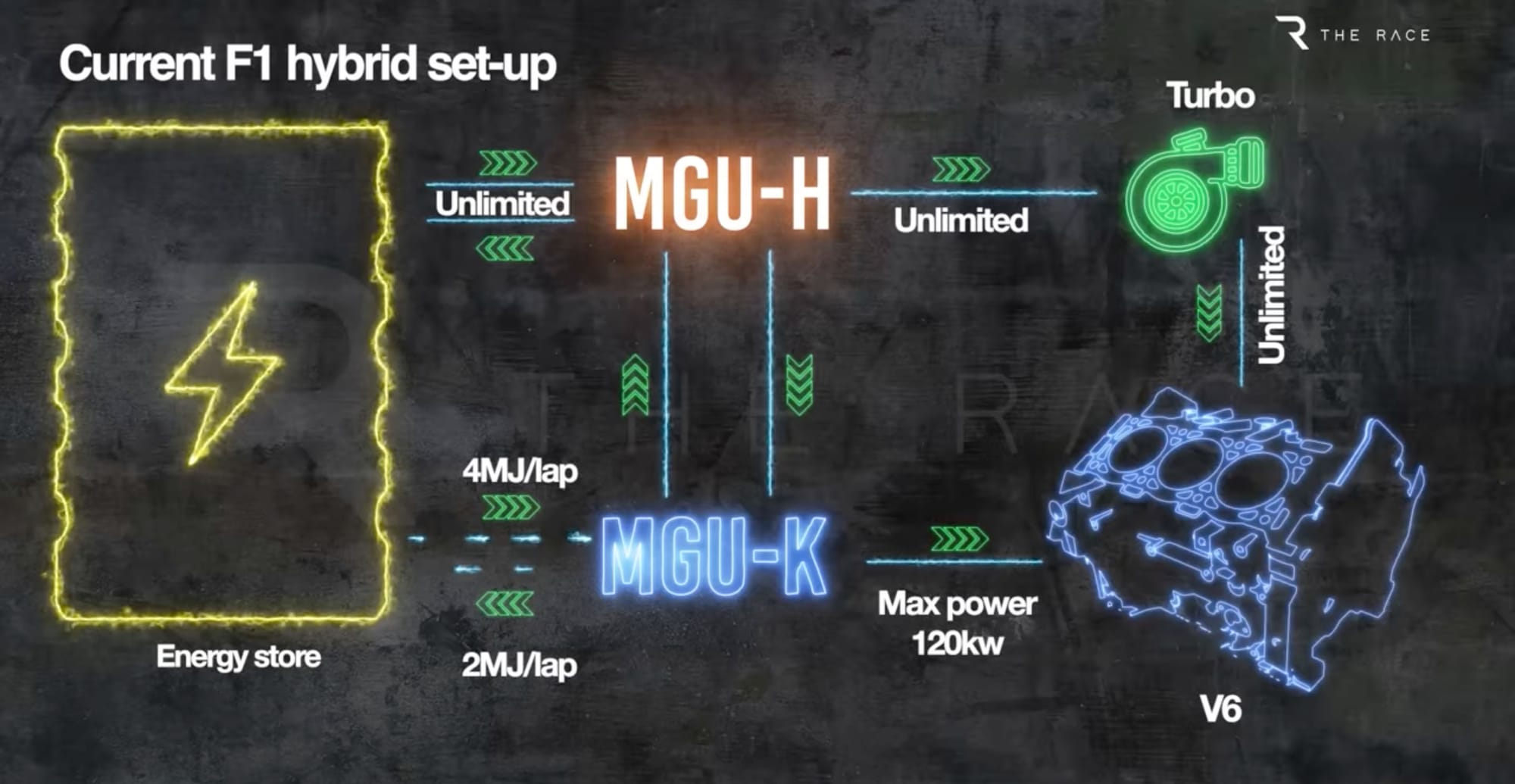
It also conferred a big advantage to the existing engine suppliers at a time when F1 was keen to get new manufacturers onto the grid.
Upgrading the MGU-K to not just offset the lost of the MGU-H but increase the electrical output over all means a bigger battery as well
The engine will also come with a new overtaking aid.
How much of the MGU-K’s 350kW power can be deployed will be carefully managed, partly because the FIA doesn’t want the super low drag cars to be hitting 400 kilometres per hour (just under 250mph) on the straights.
MGU-K deployment amount will taper off at 340km/h (211mph), a figure calculated together with the drag profiles, as the low-drag effect should be more powerful at high speed, which should prevent any dramatic decelerations on straights when the car runs out of electrical power.
But when the manual override is activated, the MGU-K will keep deploying maximum 350kW power up to a higher speed.
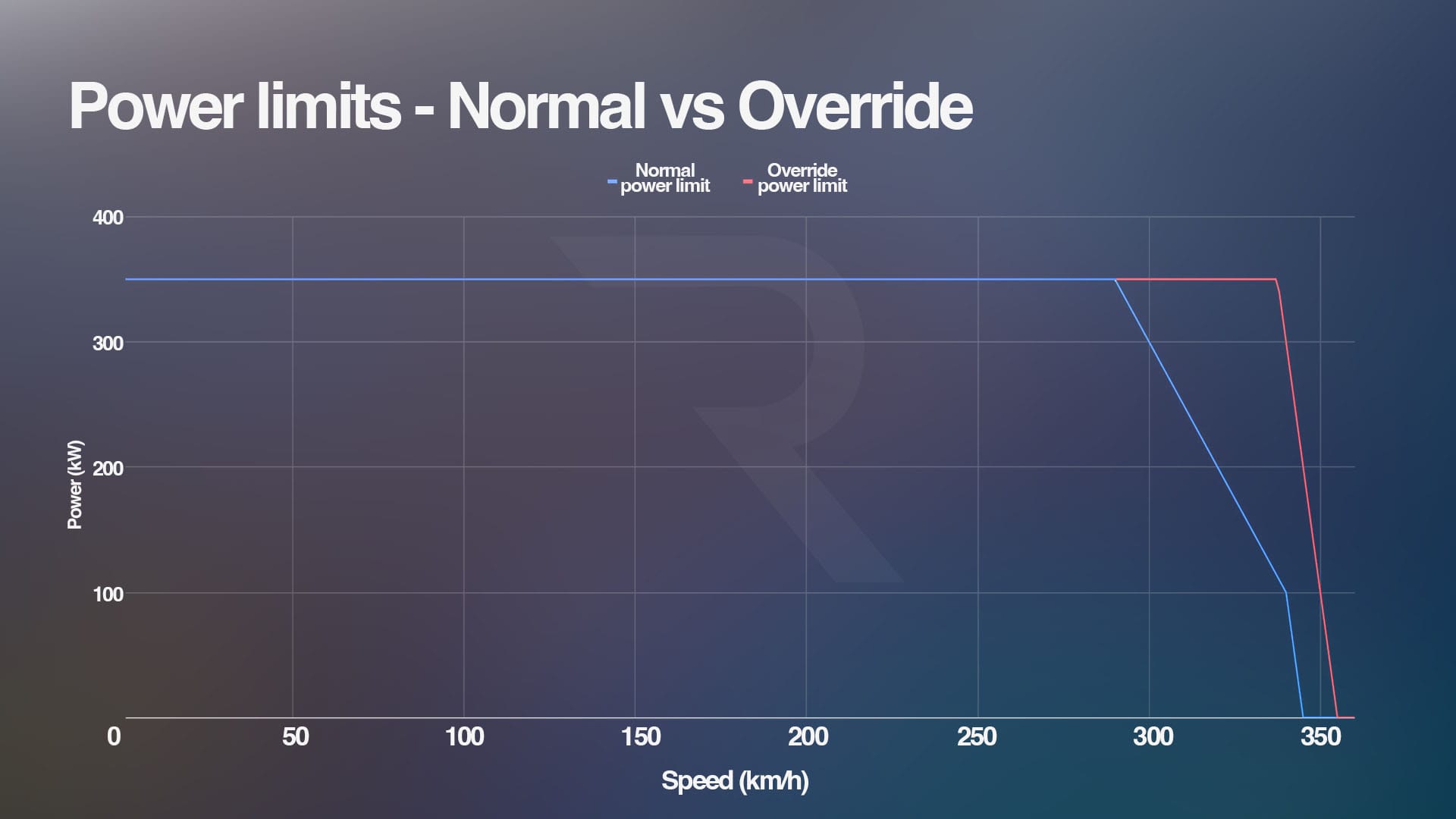
The FIA is not labelling it a “push to pass” function as it does not like the implication it will just allow a driver to breeze past someone else.
The manual override is intended to help the car behind to keep gaining on the car in front even at the point where the tow and the DRS are minimally effective, and help drivers get close enough to attack into braking zones.
EXTREME BATTERY TACTICS?
You may remember Red Bull’s complaints from such things as Christian Horner talking about F1 risking a ‘Frankenstein’s monster’ of a car, or Max Verstappen saying that simulations of Monza had the car downshifting at full speed 500 metres before the end of the straight.
More recently, Adrian Newey has claimed the engines will be “working flat-chat as generators” for the energy recovery system - with one example being revving the engines high mid-corner at places like the hairpin in Monaco.
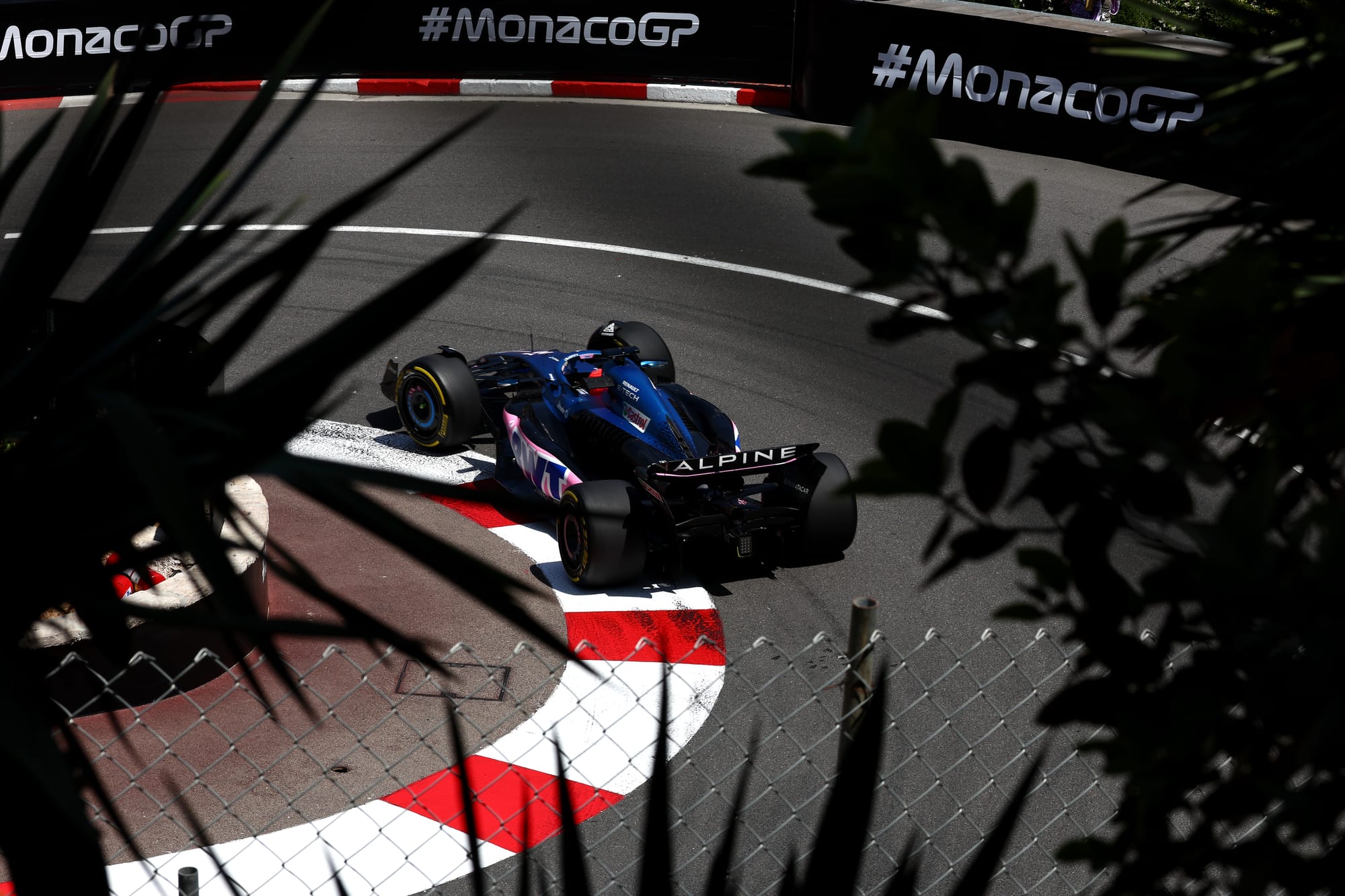
The hybrid era of F1 has definitely put a massive emphasis on energy recovery and compromising the car itself to make sure the engine gets what it needs. And it’s not unrealistic to think it will be a unique, new technical challenge for 2026 when you’re dealing with a bigger battery and a revised ERS.
There was a time in the early stages of the engine rule simulations where either the electrical power would be useful for too small a part of the straight, or there would be situations when cars would have to be charging the ERS on the straight with bizarre techniques that slow them down.
But even by late 2023, that kind of talk was several months out of date, as those specific issues had been discovered much earlier in the development process and addressed.
This is partly due to slightly reducing how much energy can be recovered per lap, down from 9 megajoules to 8.5 - with some leniency in the regulations to tweak this by half a megajoule either way depending on the track.
THE REALITY OF ACTIVE AERO
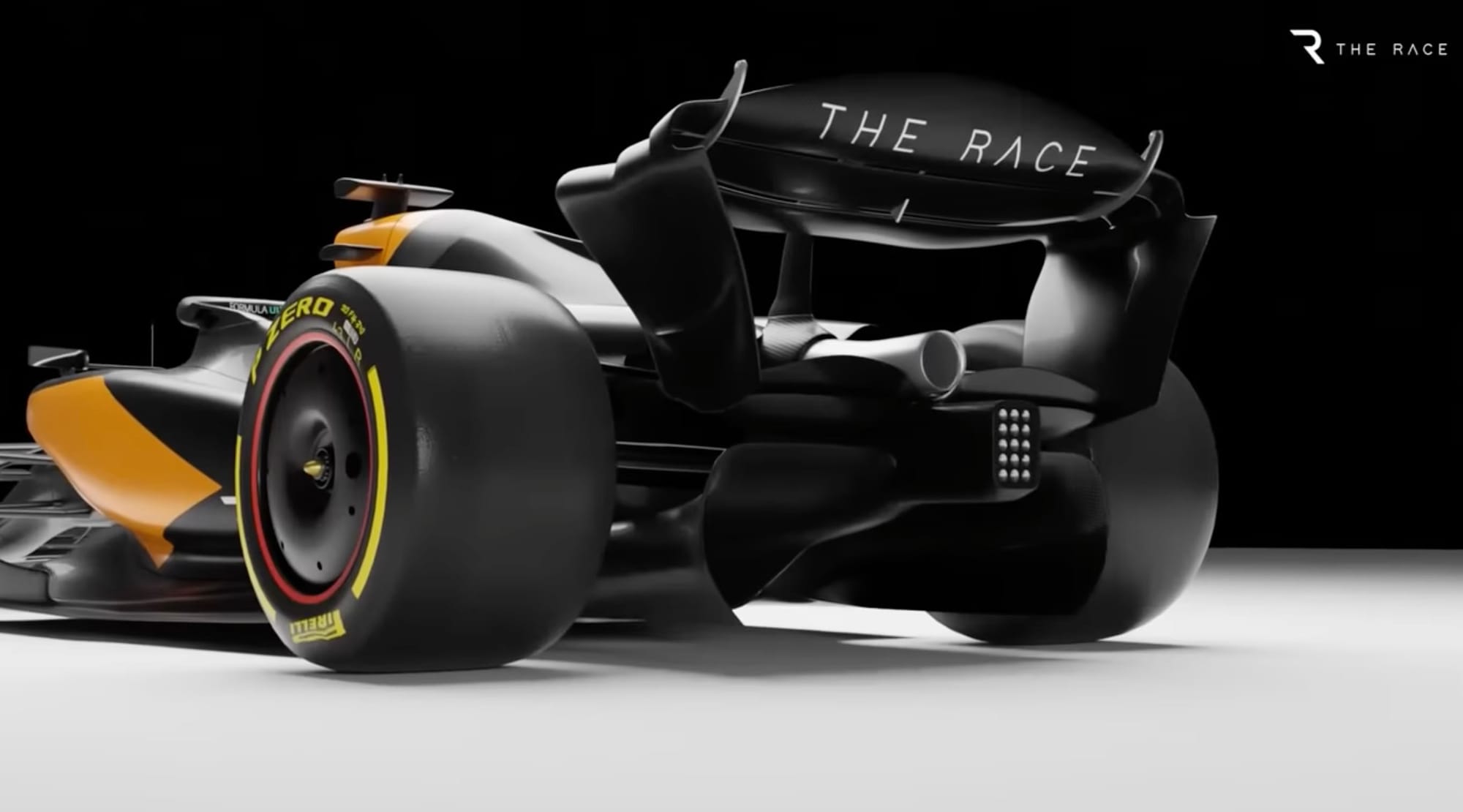
The drag reduction system is set to stay on the 2026 cars and active aero is coming but it will not be as complex as made out at times.
First, if you remember some initial claims that the active aero could include slowing down the leading car with some kind of ‘reverse DRS’, that has been emphatically dismissed as a myth by the FIA.
FIA single-seater director Nikolas Tombazis says the idea was never seriously considered and when it was mentioned by “one or two people”, it was “dismissed after about two minutes”.
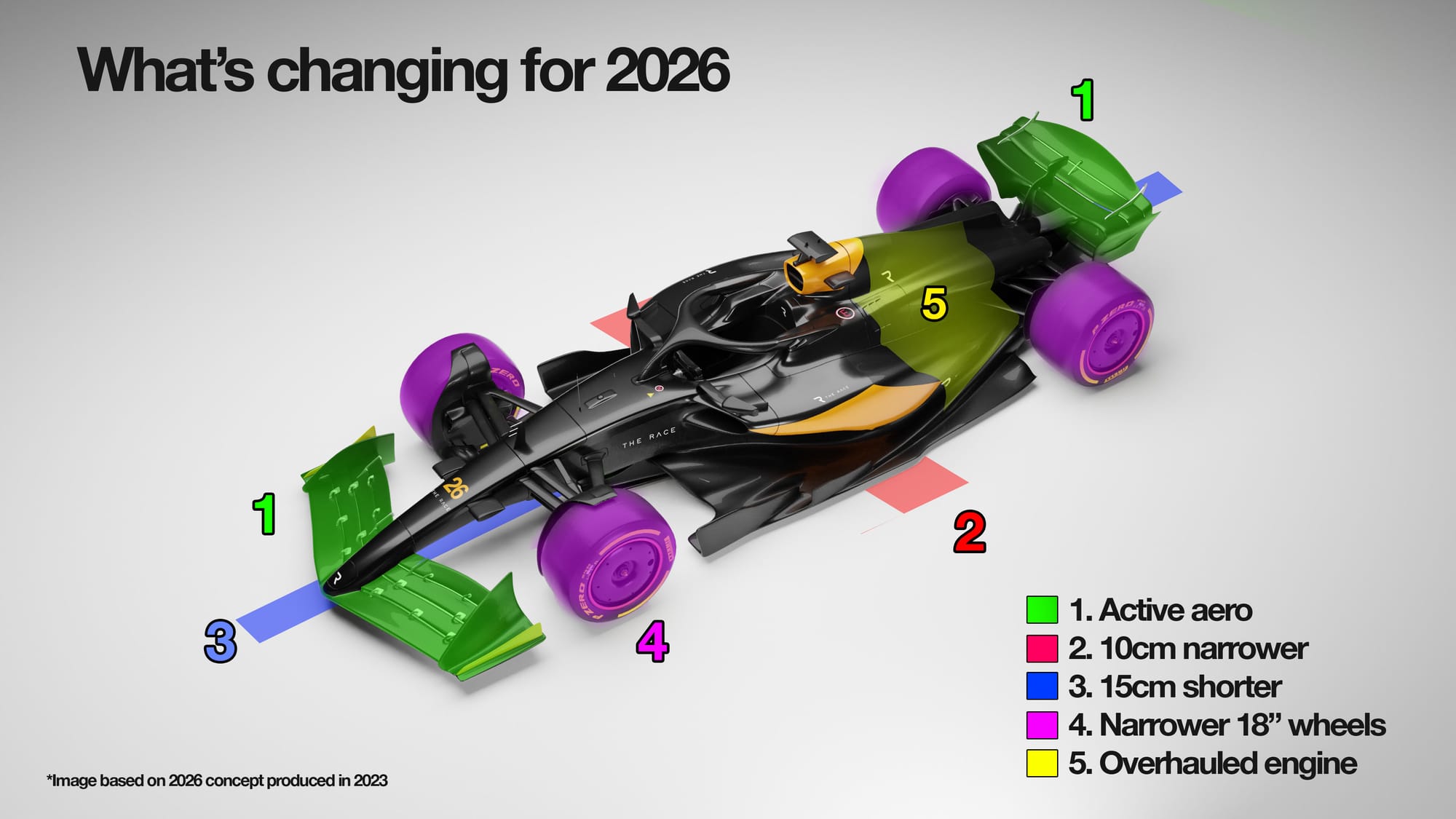
So what will active aero involve? There will be a DRS element. This will reduce the rear wing when the car is in ‘low-drag mode’, alongside the DRS flap opening as it does now.
The only other active aero element will be to rebalance the car by reducing the downforce at the front when in low-drag mode.
It will be reserved for use in designated areas, most likely just on the straights as with the current DRS, and not customisable through the lap. So, to alleviate a past concern of Verstappen’s, teams will not be able to adjust the front and rear downforce levels constantly through the lap and it certainly won’t be out of the driver’s control.
The reason for simple active aero and the front wing adjustment is that in low drag mode, with significant torque from the engine, the cars can either be dealing with high power deployment or reach extremely high speeds while having very little downforce, especially if there’s an open DRS flap as well.
Unsurprisingly one consequence of this is a massive balance shift towards the front, making the cars extremely nervous.
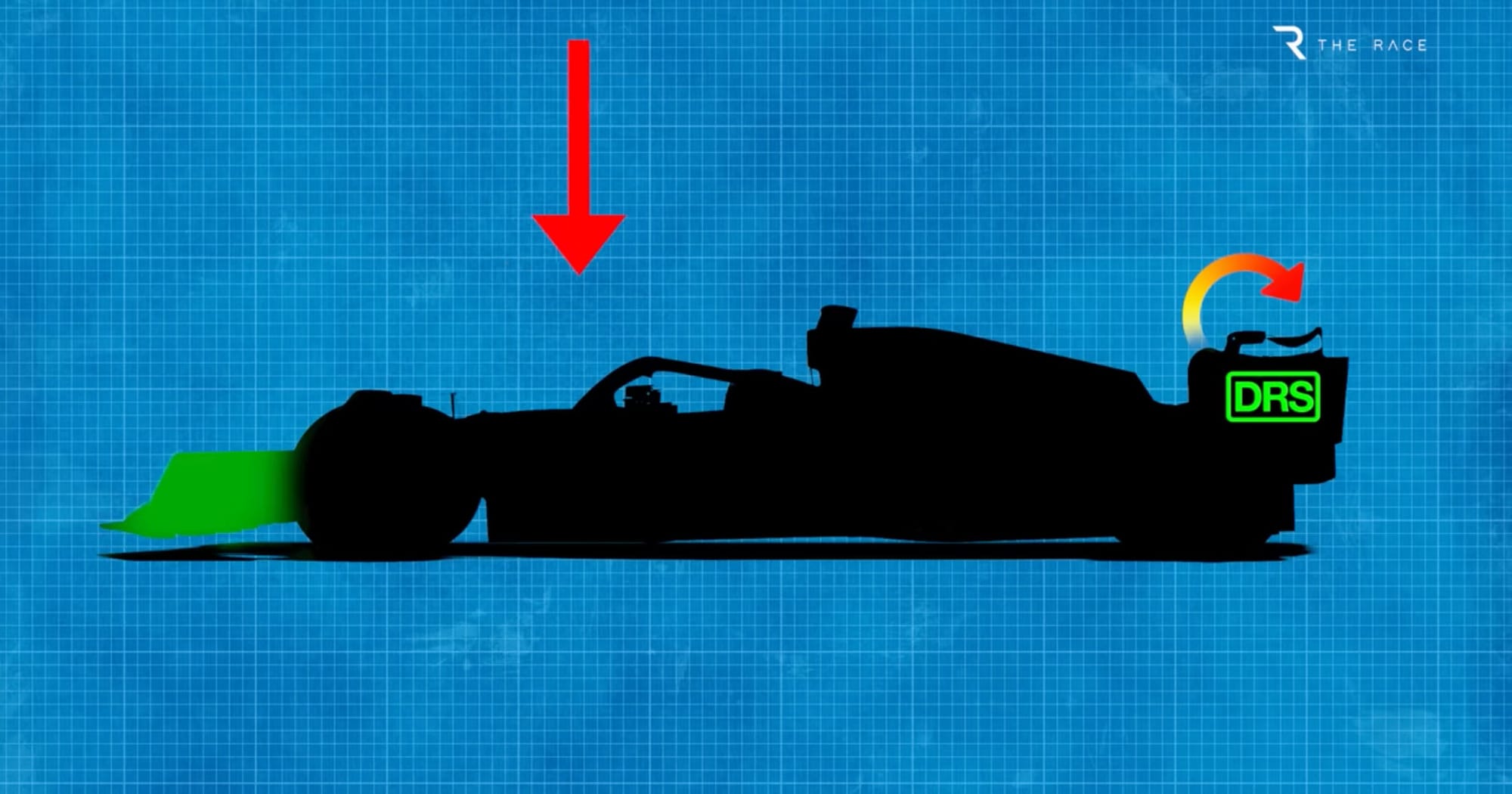
This is what has spawned the rumour of cars spinning on straights or through minor curves, and of having to run at F2 level pace to avoid losing control, which was never a likely reality as it was part of the process of working out how aggressive these rules could go.
And the final plan has been refined to eliminate the worst of the problems.
LIGHTER, SHORTER CARS
One concern about the impact of the 2026 engine rules is that it will increase car weight again, because there is a considerable increase for the power unit itself due to a bigger battery and MGU-K.
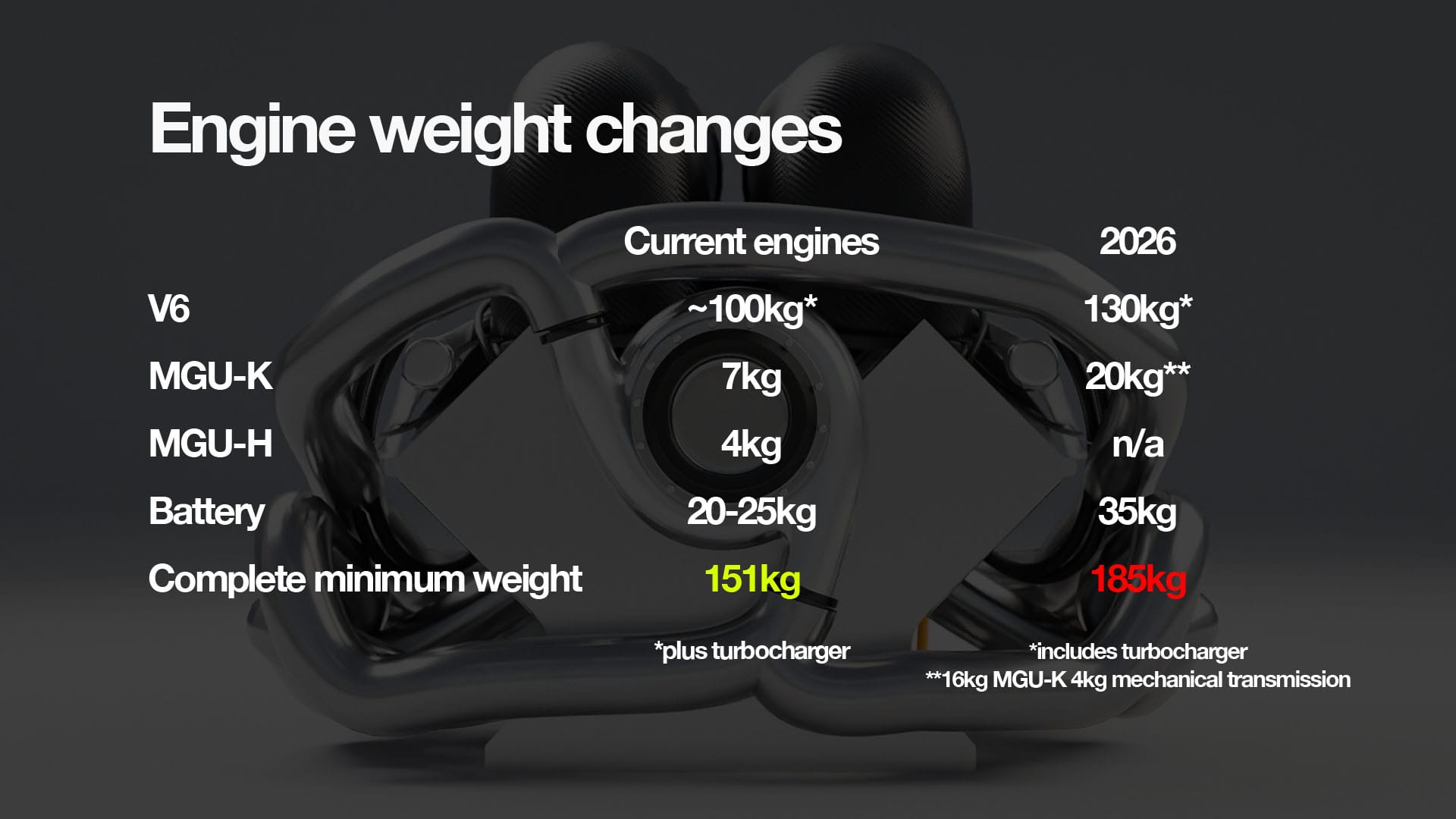
The power units are getting a lot heavier again. The MGU-K is increasing from 7kg to 20kg total, and the battery from around 20-25kg to a minimum weight of 35kg. Even with no MGU-H, which is a saving of 4kg, some other ancillary part changes will up the total weight of the engine from 151kg to 185kg in 2026.
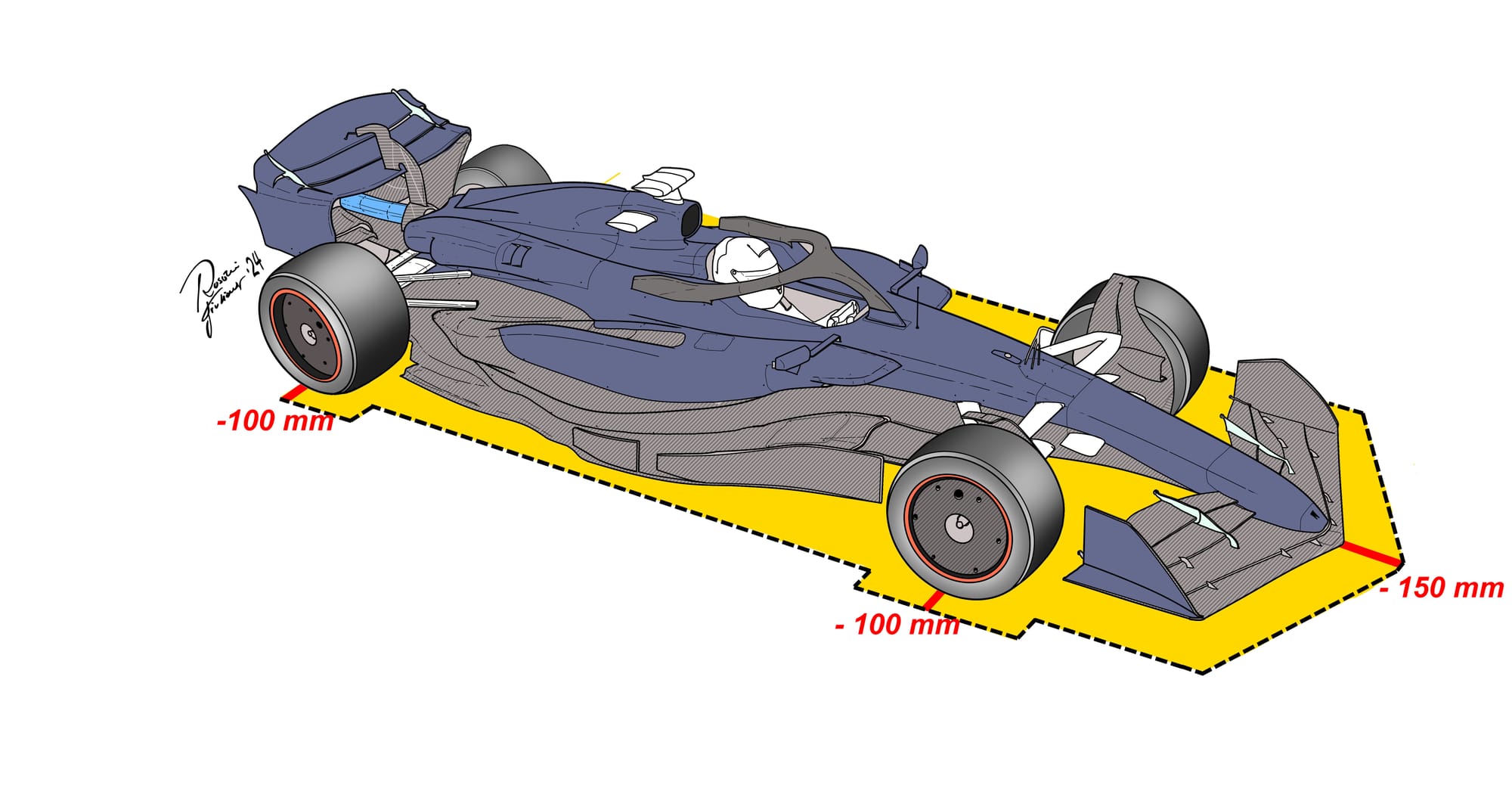
But there is a specific plan to take a lot more weight out of the chassis and other components. The cars will be 10cm narrower and 15cm shorter, and the wheels will be narrowed.
Along with adjusting some safety systems within the car, the weight of the chassis should reduce by around 40-50kg.
Offset against the heavier engine, that should make the total weight of the car lower, not heavier.
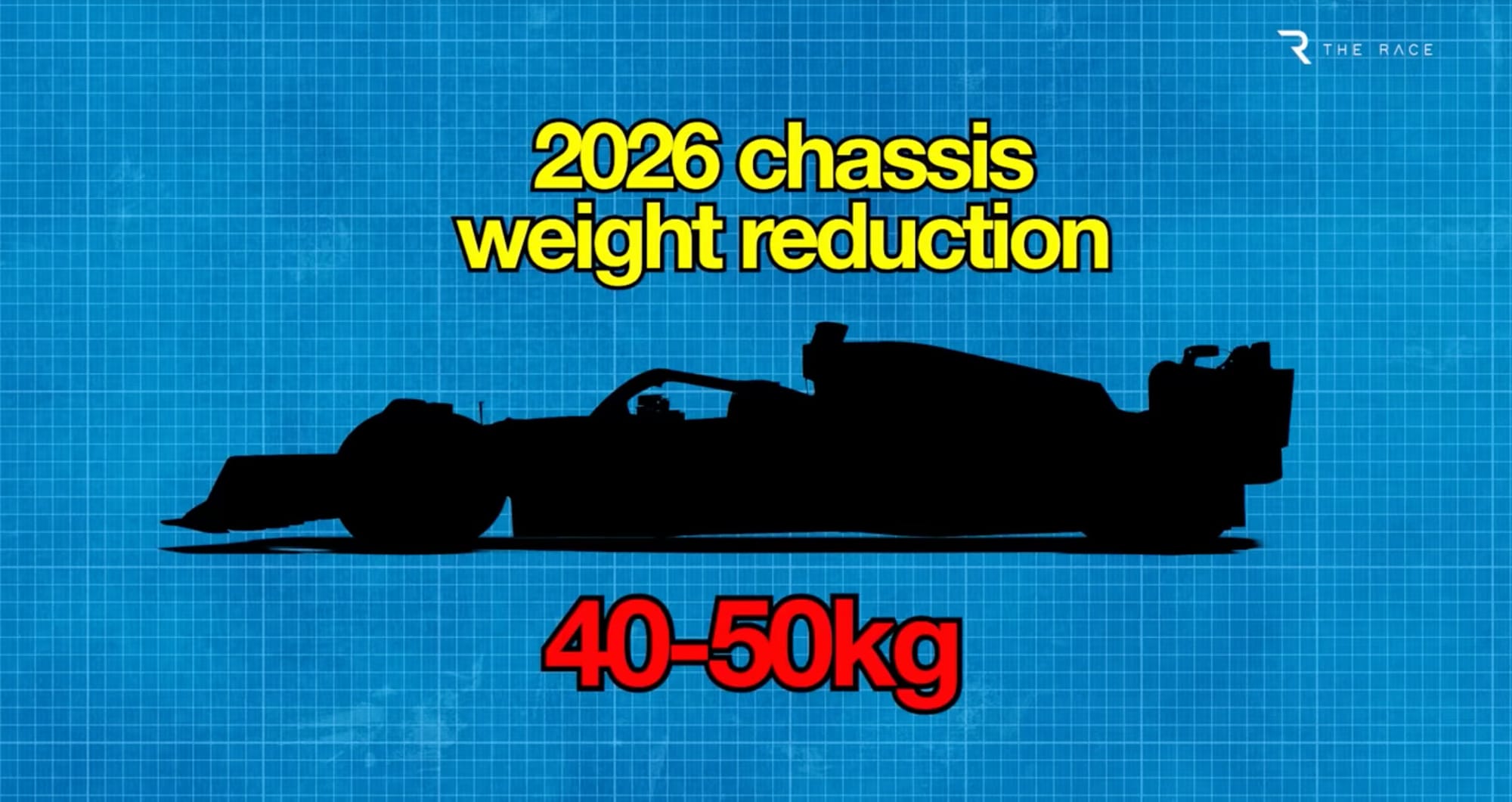
Unless something goes wrong in the final stages of sorting the chassis regulations, the weight and dimensions of the cars will, mercifully, start to reverse the trend of cars just getting heavier and bigger.
This has had an adverse effect on how the cars handle, how they look on track, how they use the tyres, and as a result how ‘raceable’ they are.
The 2026 rules might be a first step towards addressing that even if the engine formula is preventing bigger improvements.
THE NEXT BIG MILESTONE
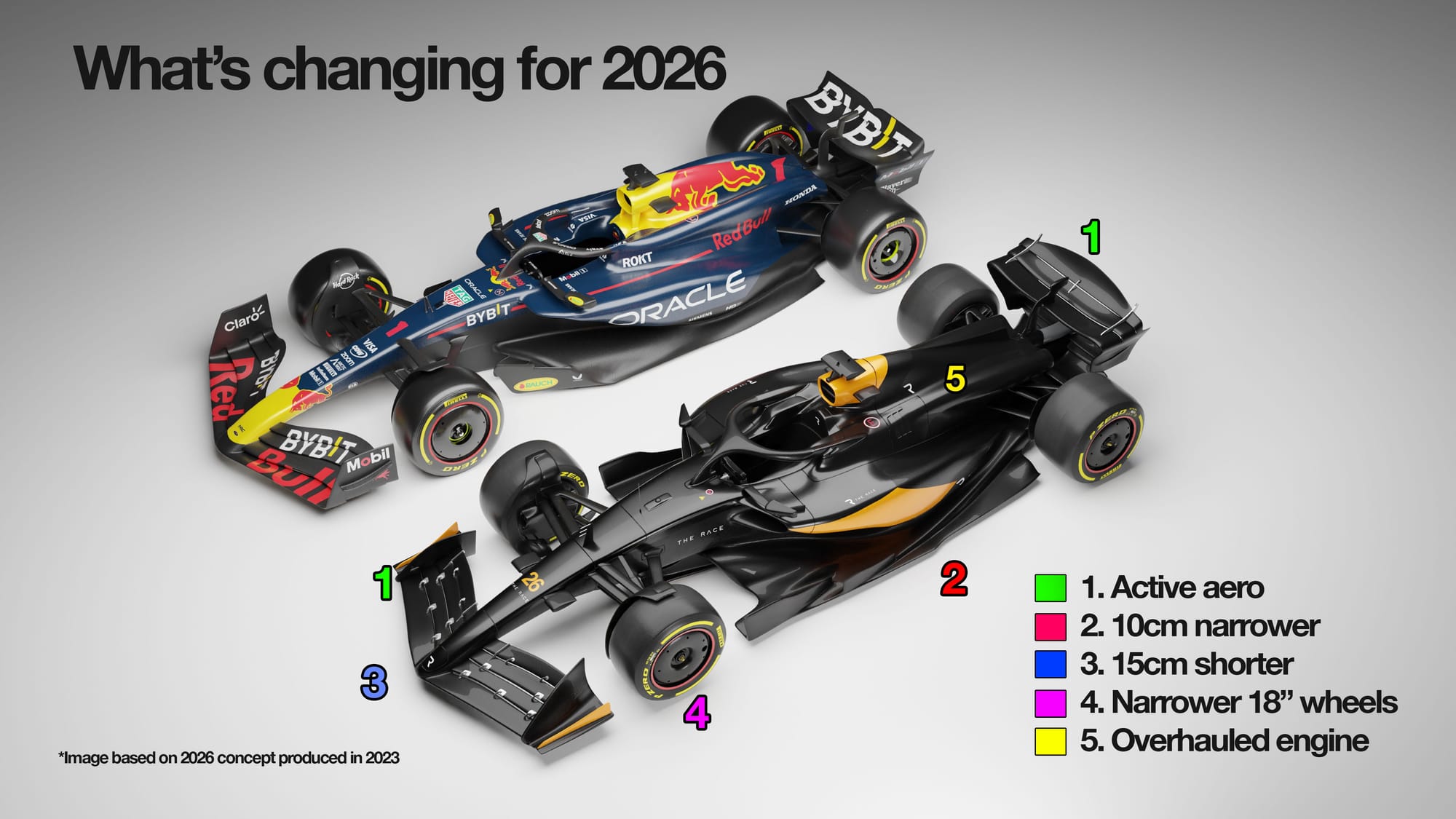
The final meetings will be crucial to determine what form the first published version of the 2026 regs take. But it is likely these will be adjusted further in the time before the new era begins.
There is a real concern about the quality of racing the new rules will produce, primarily the worry that cars will be so low drag, and running at such high speeds on the straights, that overtaking will be even harder, or exhibit unusual characteristics.
Unintended consequences are rife when there are major rule changes and while there are simulations going on to test extreme ideas and scope out where the draft rules are heading, teams cannot simulate things properly until there is a final set of car rules and they get deep into their development work.
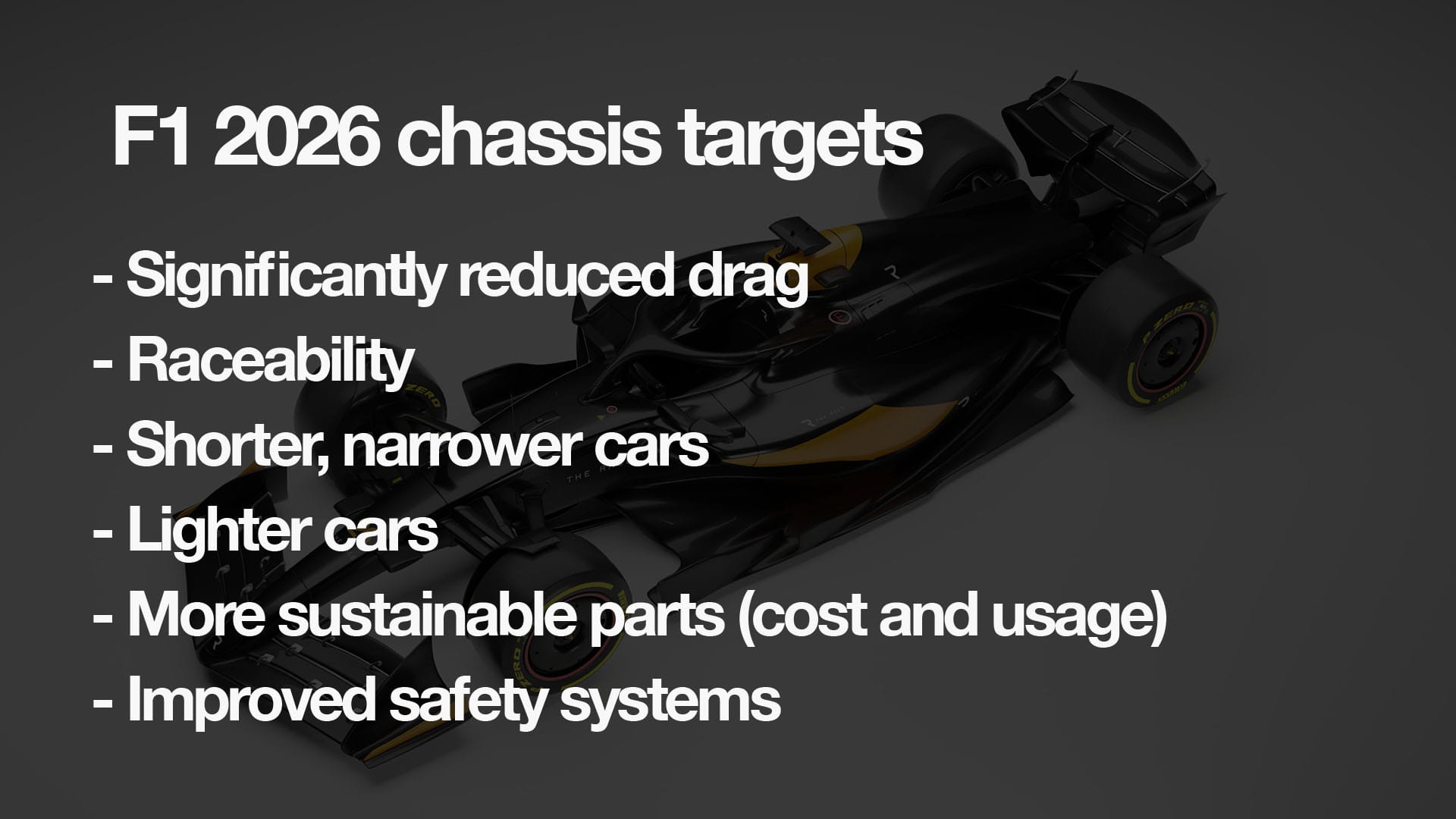
The FIA believes the drag characteristics of the 2026 cars will still generate a decent tow effect. But things like the extent of the DRS assist that will be required, or how long the override function will last/how many times it can be used, will only be established in the sporting regulations after the final chassis rules are set.
Getting some provisions into the engine rules was just a first step but the June sign-off of the chassis regulations is obviously the next big milestone.


